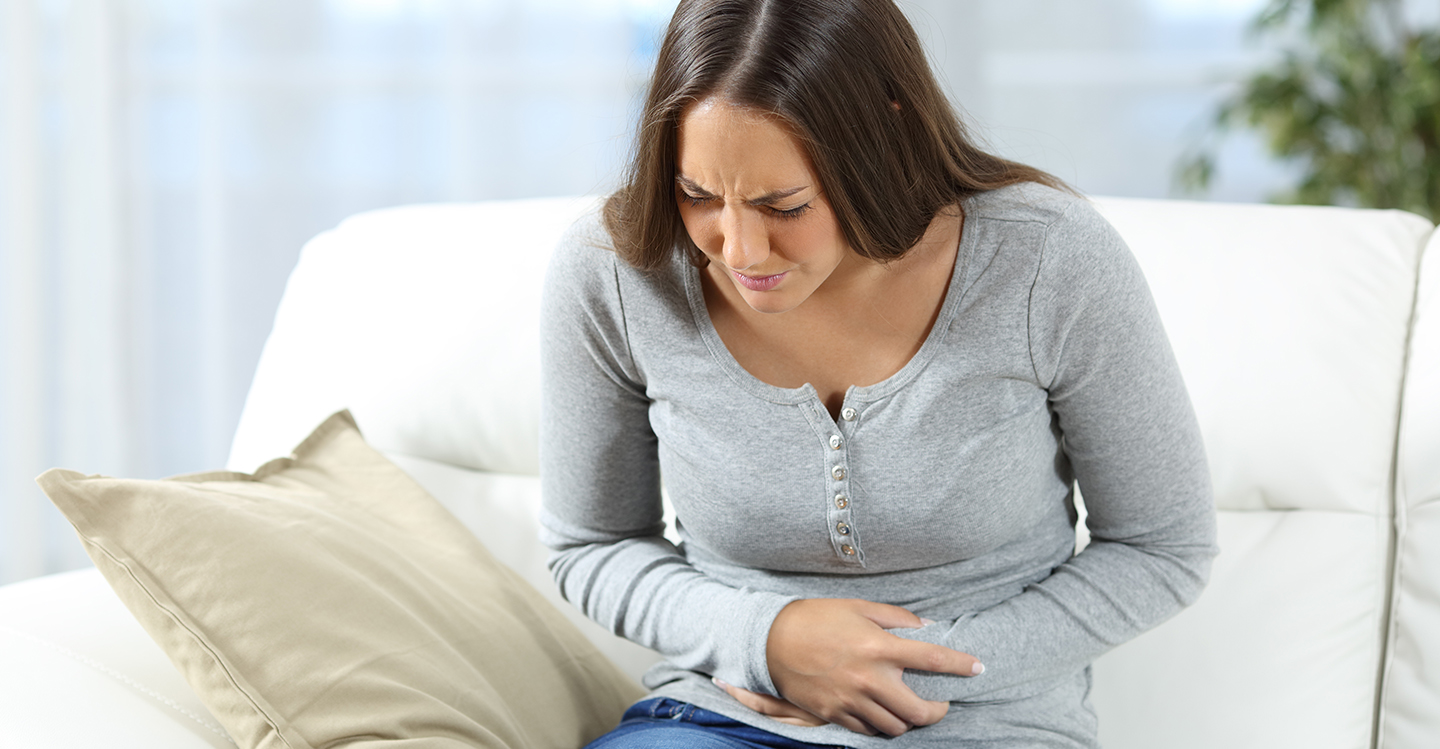What is the perineum?
The perineum is the area between your vaginal opening and your anus. It is the part that feels sore after you jump on a bike for the first time in years.
During childbirth, a tremendous amount of pressure is put on the perineum, which at best results in bruising and discomfort, but can also lead to tearing. Sometimes the doctor will even make a surgical incision (episiotomy) to give the baby more room to be delivered.
What happens if I tear my perineum?
Perineal tearing is more common than you might expect. Many minor tears heal on their own, but around 60 to 70% of higher degree tears do require stitches to help the healing process.
Some of the muscles under the skin might also tear, and you can expect the same sort of pain that you would feel when you tear a muscle during sport or exercise. The area can become very tender and bruising is commonly experienced.
If your tears or cuts are more severe, your urination and bowel movements can be disrupted. This type of incontinence can last longer than the wound itself and should be managed through pharmaceutical prescription or therapy from medical professionals.
How long is the healing process?
The swelling and bruising typically reduces after a few days to a week, leaving you feeling sore and tender for a little while. Tears that have occurred through the natural process of birth tend to heal faster than surgical cuts, but these types of wounds or incisions will generally heal over the course of 1 to 3 weeks.
It is important to manage the perineal area during this time to reduce your discomfort levels and facilitate the healing process. Most women will have recovered entirely after 2 months.
What can I do to help my perineum?
When it comes to perineal pain, pain management is as important as good hygiene. You need to practice both to achieve a better recovery outcome.- Ice packs and cold compresses can be useful for numbing the area in the first 48 hours following birth.
- Regularly change your sanitary pads. A good schedule is to do it each time you use the bathroom.
- Ibuprofen and paracetamol – or prescribed painkillers – are safe to use while breastfeeding in reducing your pain.
- During downtime throughout the day, take the pressure off your perineum by lying down.
- Wear looser clothing on your bottom half.
- Flush the area with warm water during urination; hospitals usually provide peri-bottles that make this easier, although a jug from home will do. The water will dilute your urine and reduce the sting.
- Rather than wiping after urination, gently pat the area dry and always work front to back.
- Prevent constipation and facilitate your bowel movements by increasing your fibre intake.
- Take warm baths to increase blood flow to the area and speed up the healing process.
- Start doing Kegel exercises as soon as possible following birth. These will help support and strengthen your pelvic and perineal area and lead to better control of your toilet functions.



